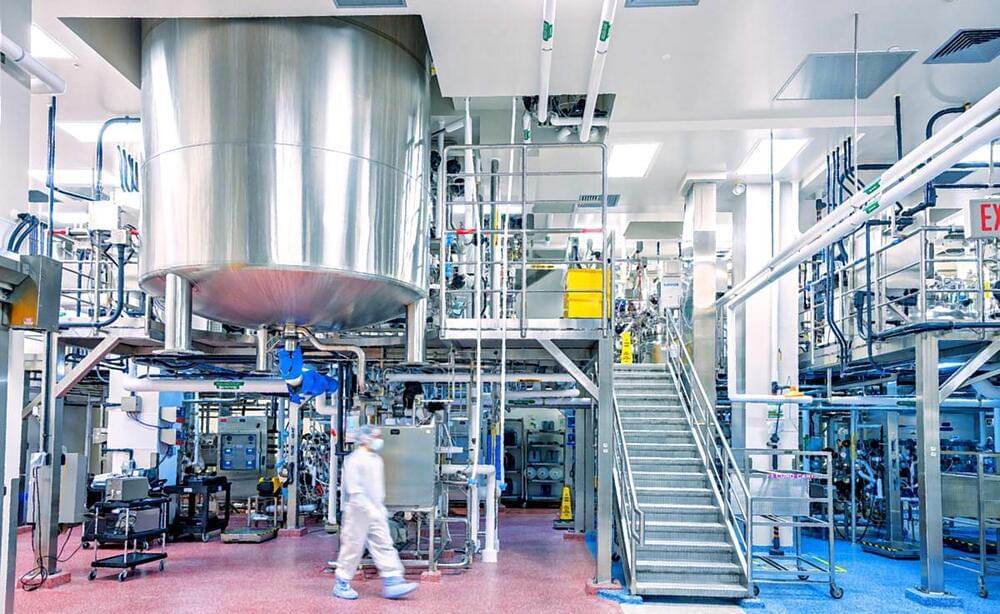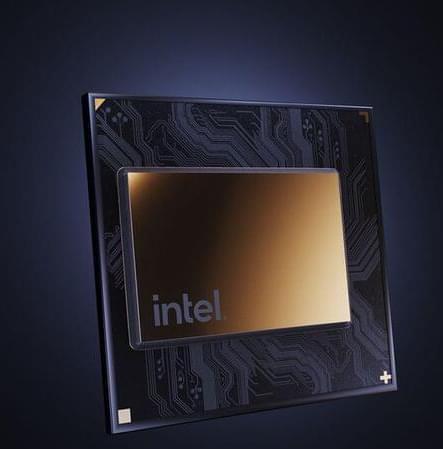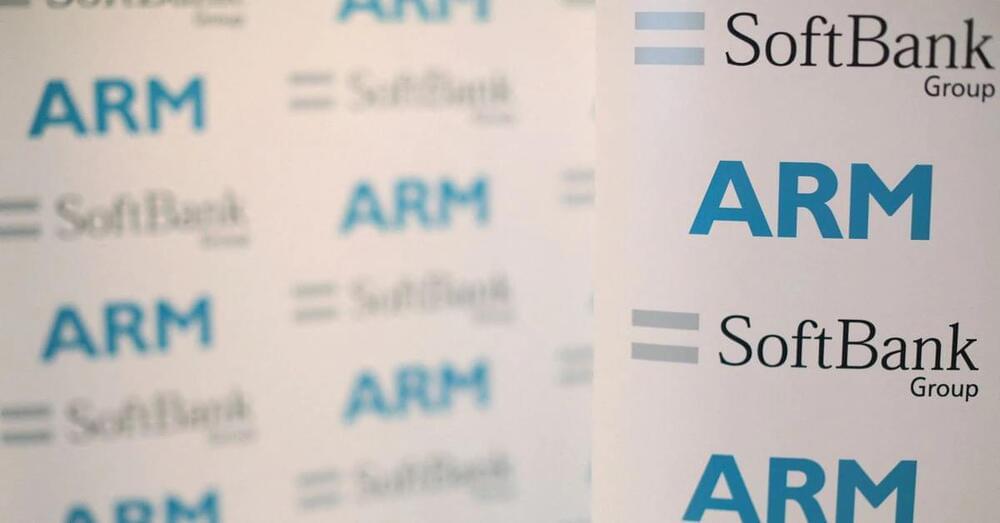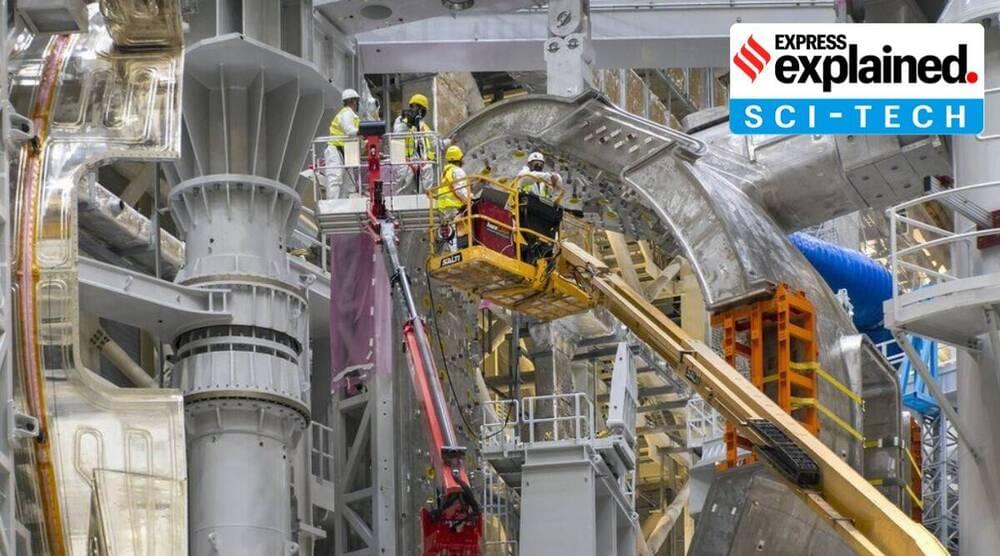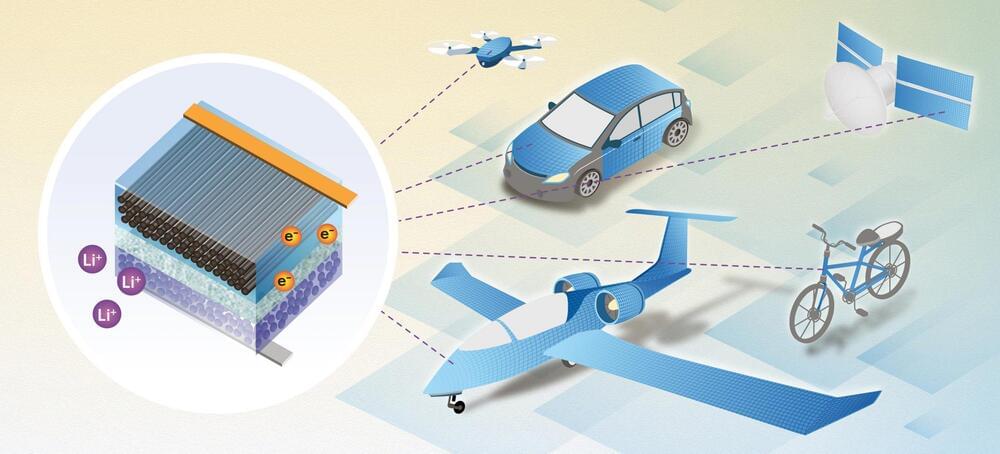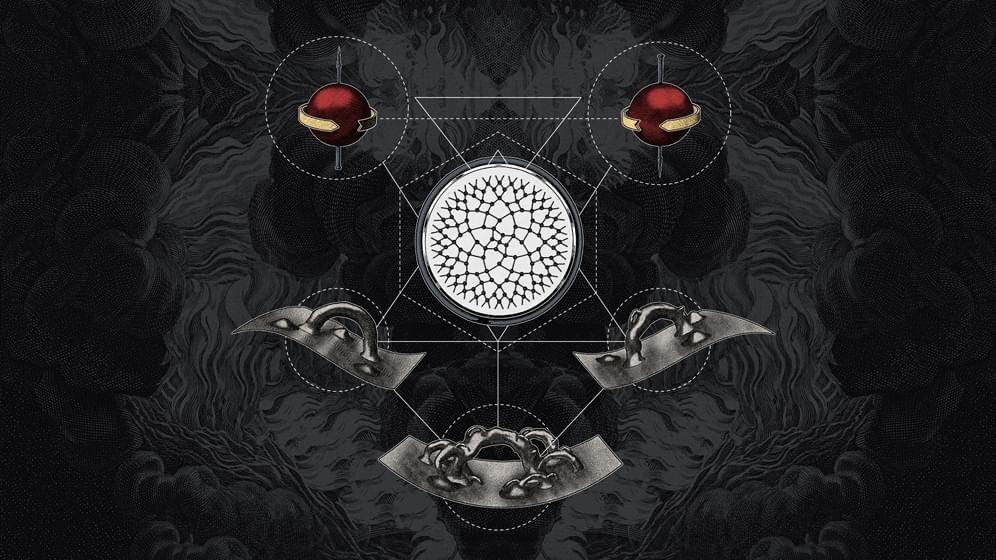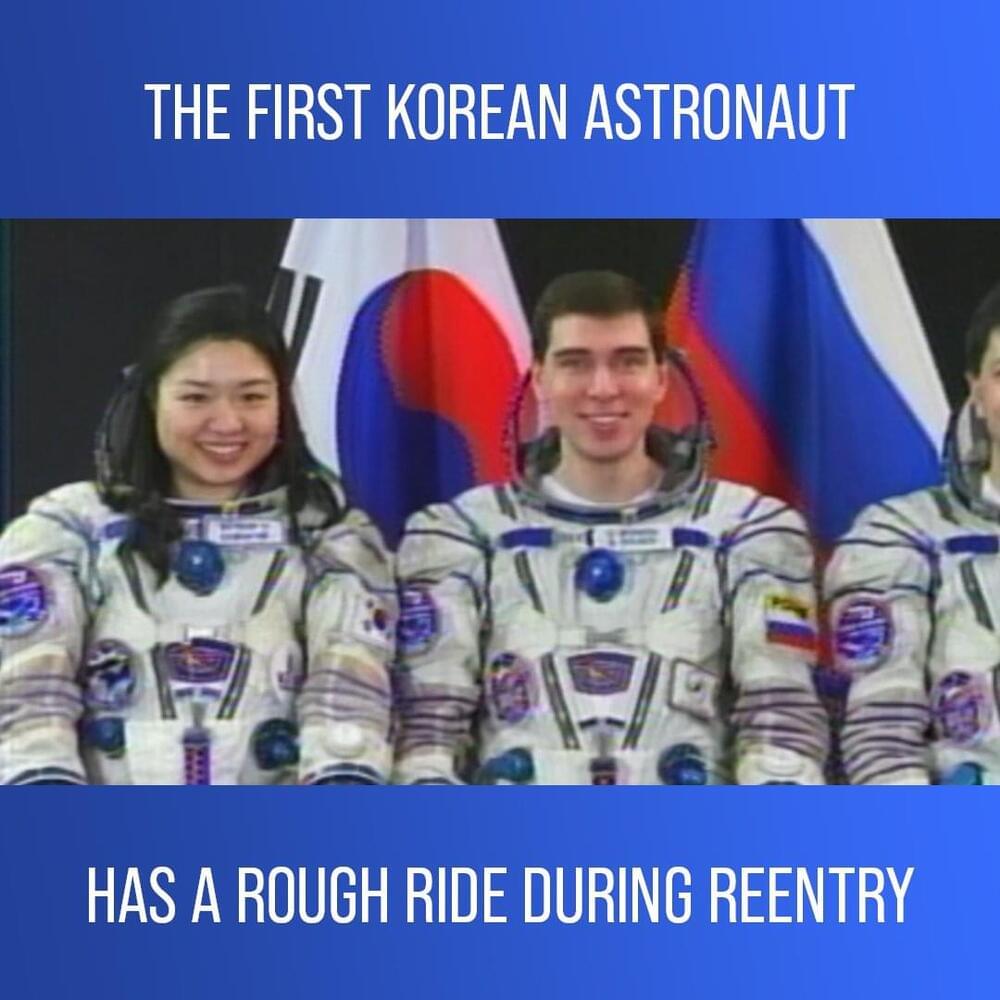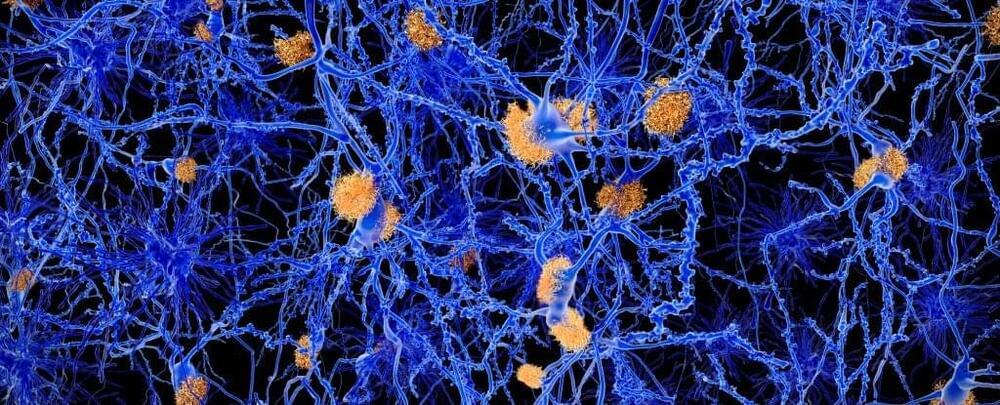Feb 13, 2022
List of Biotechnology Companies to Watch
Posted by Logan Thrasher Collins in categories: biotech/medical, food
Biotechnology is a rapidly growing industry with lots of exciting innovations! So, I created this list as a resource to help people learn about and keep track of key biotechnology companies.
PDF version: List of Biotechnology Companies to Watch
I created this list to serve as a resource to help people learn about and keep track of key biotechnology companies. Some of these are emerging startups, some are established giants, and some provide useful services. Though this list is far from comprehensive, I have tried to cover as many of the key players as possible. In the next iteration of this list, I would especially like to add more agricultural biotechnology companies. It is also important to realize that this landscape is constantly changing, so some of the information on this list will eventually transition into antiquity (this current version was written over the course of 2021 and early 2022). I think many people will find my compilation both interesting and useful. I hope you enjoy delving into the exciting world of biotechnology!
Continue reading “List of Biotechnology Companies to Watch” »
